How to Know When Garden Vegetables Are Ready to Harvest
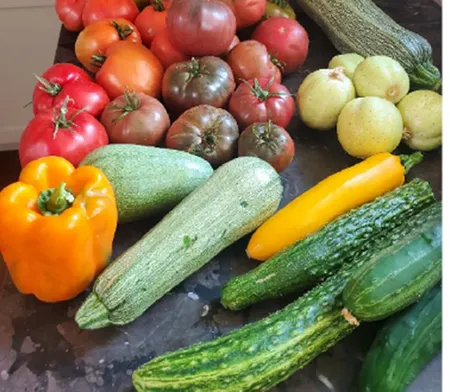
The long-awaited summer harvest time is approaching, and our mouths are watering in anticipation of those first juicy tomatoes and sweet, crisp cucumbers. But it is not always obvious when some fruits and vegetables are at their peak and ready to pick. Here are some tips for knowing when to harvest some of the most commonly grown summer veggies.
One important step is to be sure to hold on to the plant tag or seed packet of the vegetable varieties you are growing. Consulting your seed packet is the best way to know the proper size and color your vegetable variety is supposed to be when ripe. There are many varieties of vegetables available to the home gardener, and they vary greatly in shape, size, texture, and color.
It can be fun to show off your super-sized home grown produce, and many veggies will continue to grow to a size that may amaze you and your friends. The only problem is that those oversized, overgrown vegetables are not great to eat. It is a sad turn of events when the produce you are hoping to enjoy in your next meal ends up in the compost bin. Harvesting your beans, cucumbers, squash, and eggplant a bit on the smaller side is the best plan. If the plant label says your cucumber or eggplant will be ready to harvest at 5–6 inches long, you may want to check for ripeness a bit sooner than that. That target size is a best-case scenario, and your vegetables may not always reach that size.
It is a good idea to harvest all your home-grown vegetables in the cool morning hours. They are likely to keep longer if you do. Of course, if you are just grazing in the garden and those cherry tomatoes you are picking are never going to make it to the house, any time will do.
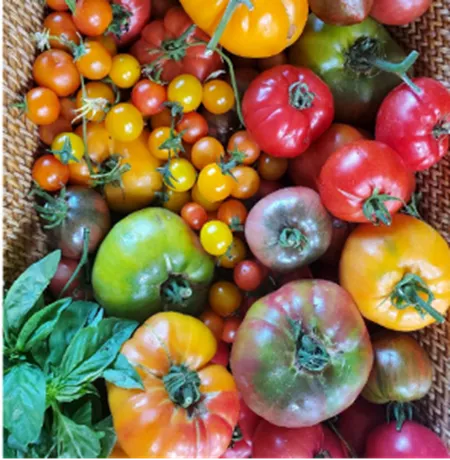
Tomatoes
Red tomato varieties can make it seem pretty easy to tell when they are ripe. Yes, they go from green to bright red. But what about those varieties that have skin that remains green when ripe? What about those that are yellow, orange, brown, or those that display a wide range of mixed colors, and are mottled or striped? With these more unusual tomato varieties, it can be a bit more difficult to tell when to harvest them.
Harvest your tomatoes when the skin is glossy and at full color (according to the variety description). Gently squeeze the tomato. It should be somewhat soft. If you are still not quite sure, give a less mature, green tomato a little squeeze to compare. It is a good idea to use garden shears or small pruners when harvesting tomatoes to avoid breaking the plant or damaging the fruit.
The good news is that a not-quite-ripe tomato will continue to ripen if kept on the kitchen counter. Be sure to keep them out of direct sunlight, and not in the refrigerator. Also, since tomatoes ripen from the bottom up, store them stem side down (upside down) to avoid bruising or splitting the softer bottom of the fruit.
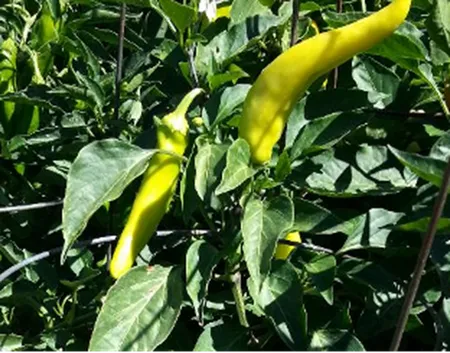
Peppers
All peppers, whether sweet or hot varieties, can be consumed at any stage of their growth. They start out some shade of green and then mature to yellow, orange, red, or even purple. To get the best bang for your buck, harvest them when they stop growing larger and have reached their desired color. Of course, this varies quite a bit by variety. If you have lost that plant tag that tells you what color and size your ripe pepper will be, you may just have to experiment when harvesting. Sweet peppers will sweeten, and hot peppers will often get hotter when they reach their mature color. It is best to harvest peppers by cutting the stem instead of pulling it to avoid breaking the plant.
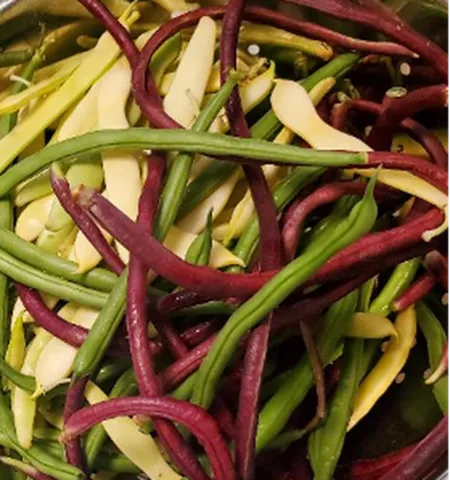
Snap beans/green beans
It’s very important to harvest green beans (or those yellow or purple pod varieties) when they are still tender. The variety description on the seed packet will normally give you information on how large the pods will be when ready to harvest. Pick your beans regularly. Checking every 2 to 3 days is a good idea. To pick the most tender and tasty beans, make sure that the seeds in the pod are still small. If the seeds are bulging obviously in the pod or have begun to grow to the size they were in the seed packet, the pod will undoubtedly be inedible. Any that have reached that size should go directly to the compost bin or to maybe to a neighbor’s pet goat. They’ll eat just about anything.
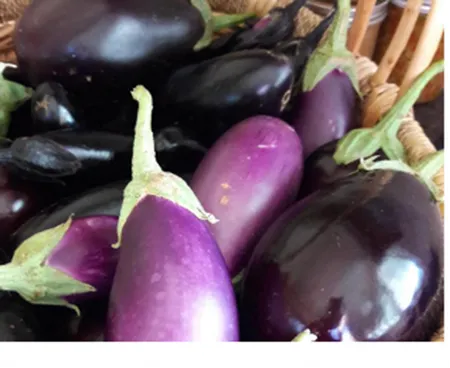
Eggplant
Once you develop the feel for it, you will be able to avoid the dreaded tough, seedy eggplant. As with the other vegetables mentioned here, there exists a wide variety of shapes, sizes, and colors of eggplant. When ready to harvest, the skin should be glossy, not dull. Dull means it is either under or over-ripe. Press the eggplant gently with a fingertip. If it dents and springs back it is ready to harvest. If the dent remains it is over ripe.
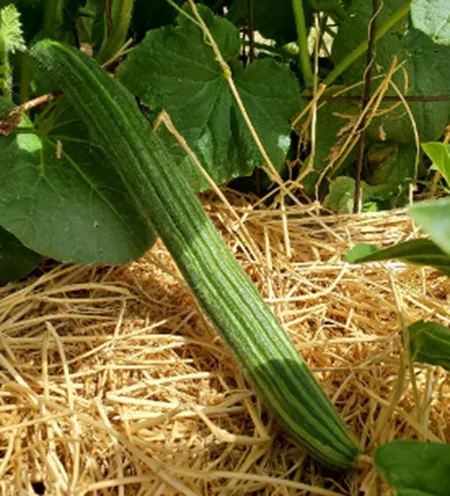
Cucumbers
Cucumbers stubbornly remain the same color and firmness until they are beyond the point of no return. If the seed packet or the plant tag doesn’t tell you the mature size of the cucumber, an internet search may be in order. The larger a cucumber gets, the seedier it gets. If the seed packet or plant tag says harvest at 6–8 inches, it is often best to go with 5–6 inches.
If left unpicked, cucumbers will eventually turn a yellow or yellow/orange color. They will do this when the seeds inside them are maturing and at this point, they are far beyond the tender and tasty stage. Lemon cucumbers are a great example. They are cute little roundish cucumbers that are never bitter, easier to grow, and more prolific than many other varieties of cucumber. We often hear from other gardeners that they hate lemon cucumbers. The real problem with them is their name and the pictures on the seed packet that show a bright, lemon-yellow cucumber. Like other cucumbers, they are past the point of good eating when they have turned yellow. It is advisable to pick them when they are still pale green to avoid having them become seedy and unpleasant.
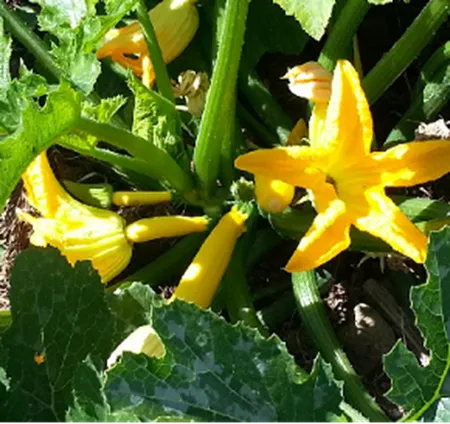
Summer squash and zucchini
The rules for harvesting these are pretty much the same as cucumbers: smaller is better. Keep an eye on your plants every few days after the flowers appear. Anyone who has completely missed picking that one hiding under the leaf knows that while some oversized zucchini can be good for stuffing and baking, they all too quickly reach the point of no return. It is amazing how fast they reach the length of a baseball bat and develop an unfortunate texture. At that stage they are really only good for use as Halloween decorations.
More on harvesting and storing your harvest: https://mg.ucanr.edu/Gardening/Edible/Harvesting/
All photos courtesy of S. Hoyer
Help Desk of the UC Master Gardeners of Contra Costa County (SMH)
